Organic vs Ceramic vs Metallic Brake Pads What’s the Difference? The

Ceramic brake pads are made from a ceramic material that's embedded with copper fibers. Semi-metallic brake pads are 30% and 70% metal, such as copper, steel, iron, and other alloys, combined with graphite lubricant and other fillers. Semi-metallic brakes are designed for those that need extreme performance qualities.
Carbonceramic brakes Why they really are best used on track Torque

1. Less Noise One of the top advantages of ceramic brake pads is their near-silent operation. The specific materials used in ceramic pads are fashioned to limit noise vibration and reduce squeaking, resulting in a quieter, more enjoyable driving experience. 2. Less Dust Production Ceramic brake pads are also known for their low dust production.
Restored ceramic brake discs are often better than new ones
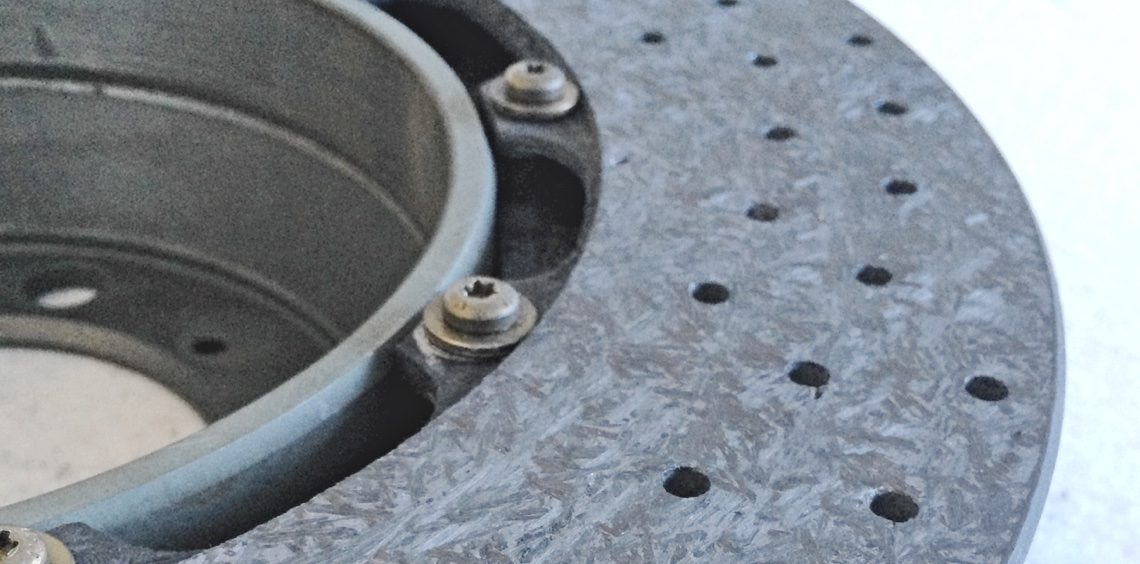
Twitter What Are Ceramic Brake Pads and When Should They Be Used? What Are Semi-Metallic Brake Pads and When Should They Be Used? The Pros and Cons of Ceramic Brake Pads to Consider The Pros and Cons of Semi-Metallic Brake Pads Which is Better, Ceramic or Semi-Metallic Brake Pads? Know What Types of Specs Your Vehicle Has
Carbon Fiber Brake Pads Vs Ceramic Best Ceramic In 2018

As they wear, ceramic brake pads produce finer dust particles compared to semi-metallic pads. This leads to reduced debris accumulation on the vehicle's wheels. Additionally, ceramic brake pads tend to have a longer lifespan than semi-metallic pads and provide superior noise control while causing less rotor wear and tear.
Should You Buy Carbon Ceramic Brakes With Your BMW?

Metallic or Semi-Metallic Brake Pads Semi-Metallic brake pads were introduced in the 1960s and use high levels of metals, including copper, iron, fine steel, or other alloys in the friction material. They have some distinct performance advantages over other types of brake pads, but there are also a few disadvantages:
Ceramic vs. Metallic Brake Pads, Semi Metallic Brakes 2023

Less brake dust means your wheels will stay visibly cleaner. More consistent performance gives you dependability in most driving conditions. Ceramic material means durability — your brake pads will have a longer lifespan. The softer pad surface does not cause as much wear and tear or damage to brake rotors. The softer surface also means you.
2022 Cadillac CT5V Blackwing in Blaze Orange Metallic Cadillac V

Ceramic brake pads are engineered using a combination of ceramic fibers, bonding agents, and other materials. This composition sets them apart from other brake pad types and gives them a unique set of advantages. One of the key advantages of ceramic brake pads is their exceptional heat dissipation properties.
Ceramic Vs. Metallic Brake Pads
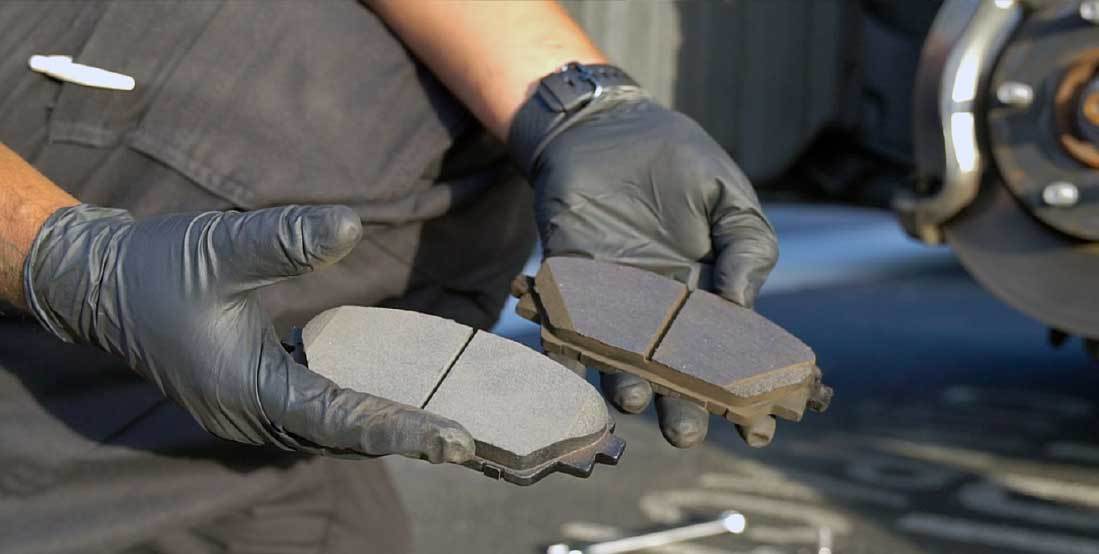
Carbon metallic brake pads are a variety of metallic brake pads. By 'metallic brake pads' we refer to those braking pads that are built by combining various types of metals. The metals used to build a metallic brake pad are usually steel, copper, iron, and carbon.
Technology explained Porsche Carbon Ceramic Brakes Total 911

Ceramic brakes are famous for their durability, low noise, and the ability to eliminate dust pollution whereas a metallic brake is good for its low price, heat conductivity as well as improved braking performance. So, we need to go through a detailed discussion and find out the differences between these two.
Renew ceramic brake discs? This is how to!
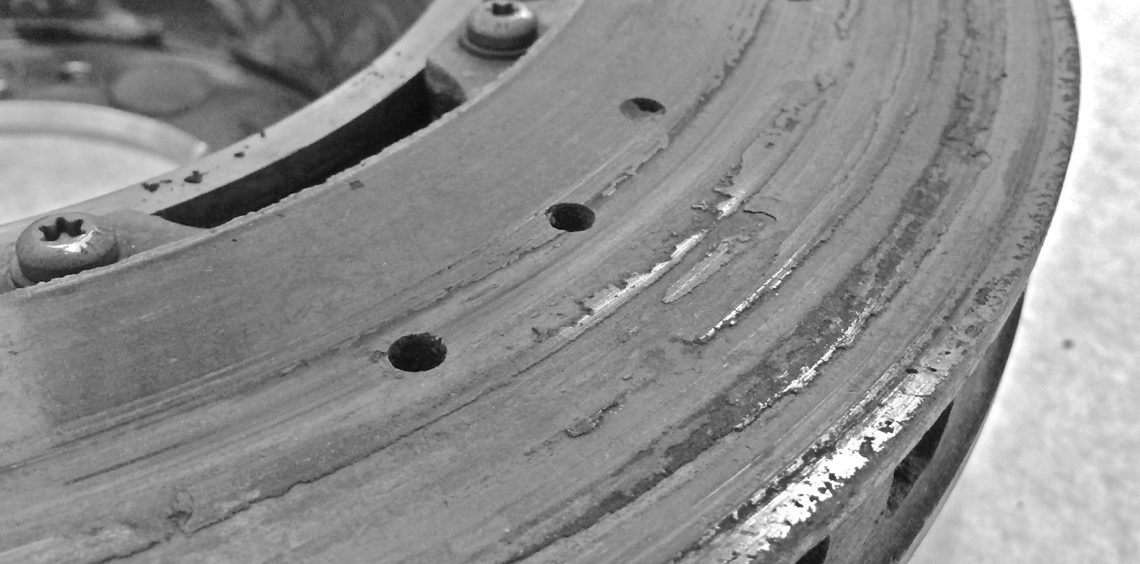
Shop for brake pads scion tc. Qualified Orders Over $35 Ship Free
Aftermarket Carbon Ceramic Brakes lindzesmithdesign
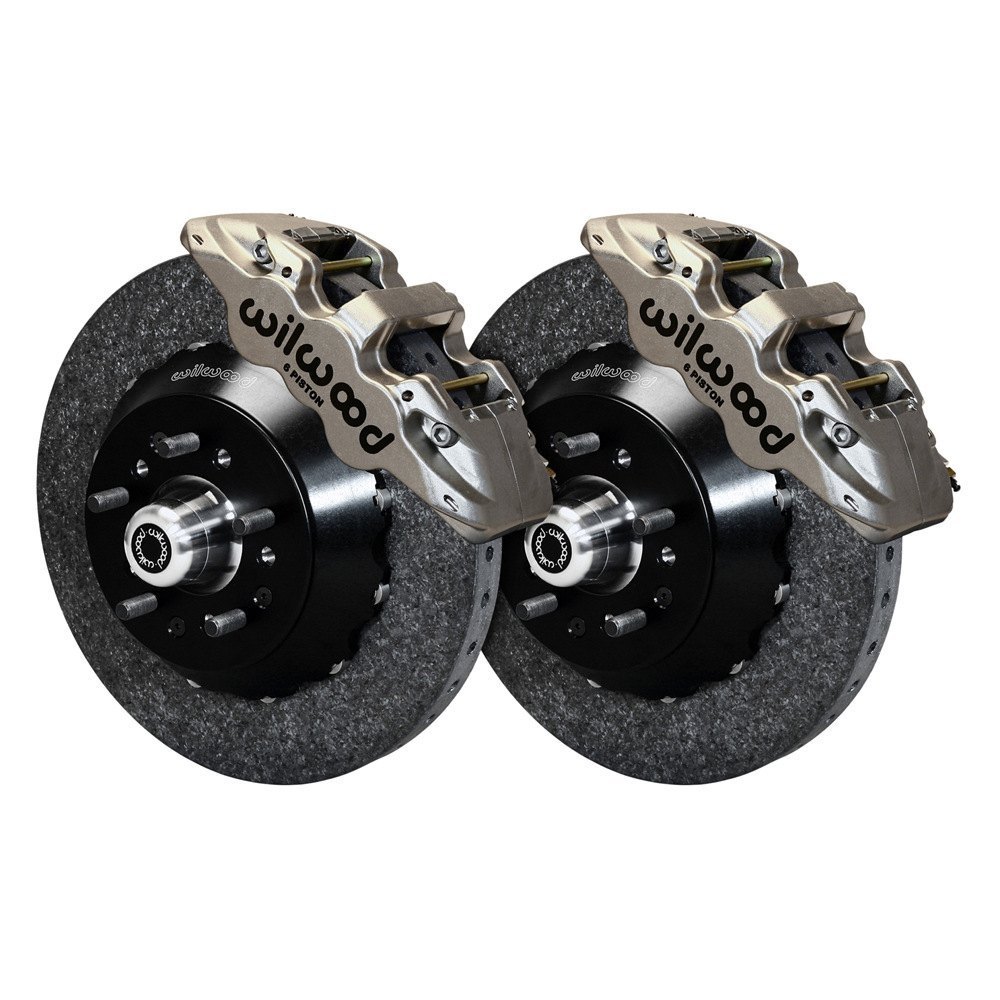
In automotive disc braking systems, a pair of brake pads squeeze against a rotor, providing high friction to slow rotation. Brake pads in modern vehicles are either ceramic or metallic.Ceramic brake pads are usually more expensive but offer superior performance for casual drivers. Metallic brake pads perform better under the intense demands of racing, heavy trucking, and police work.
Automated Carbon Ceramic Brakes Market Analysis and Forecast

What Are Metallic Brake Pads? Semi-metallic brake pads are typically made from around 30%-70% metal, like iron, copper, steel, and other alloys. These provide the perfect balance of durability and raw stopping power, but are they better for performance than ceramics? Here's what you can expect from metallic brake pads: Advantages
Ceramic vs. Metallic Brake Pads, Semi Metallic Brakes 2023

Ceramic vs. Metallic Brake Pads, What's the Difference? Ceramic vs. Semi Metallic Brake Pads, What's The Difference? Maintaining Your Vehicle Thu April 1, 2021 Your braking system is perhaps the most critical safety mechanism in your vehicle.
What to do when a ceramic brake disc wears down?
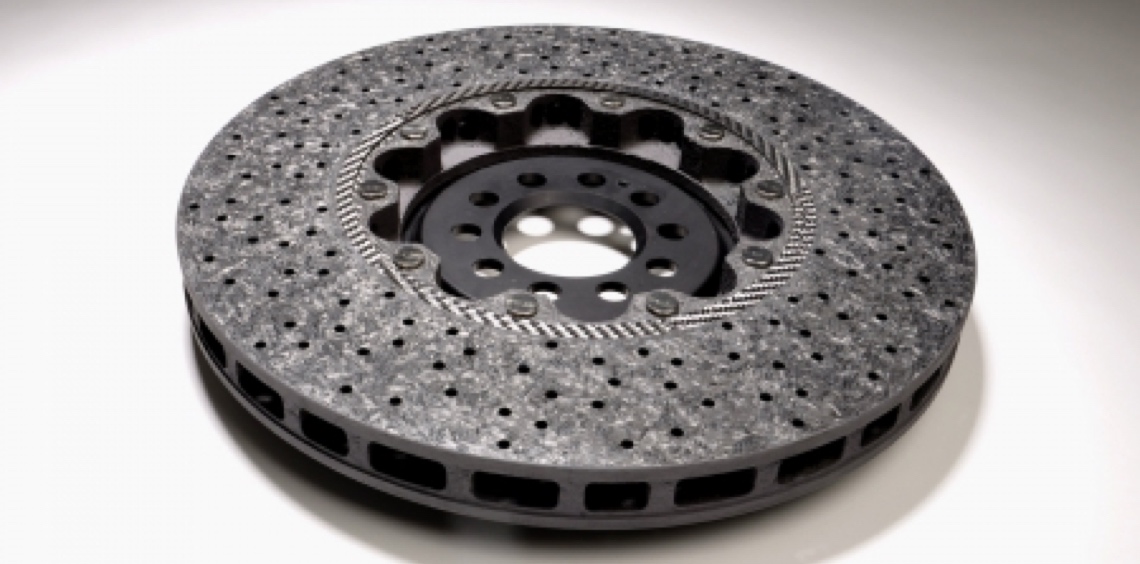
Abrasives and even lubricants are used in the design of a balanced pad and then noise reduction ingredients to dampen vibration and therefore noise. Basically, there are four different grades of brake pads on the world markets - 1) semi metallics, 2) organics, 3) ceramics, and the newest of all types - 4) NAO ceramic enhanced formulations.
Simply restore particularly heavily used ceramic brake discs
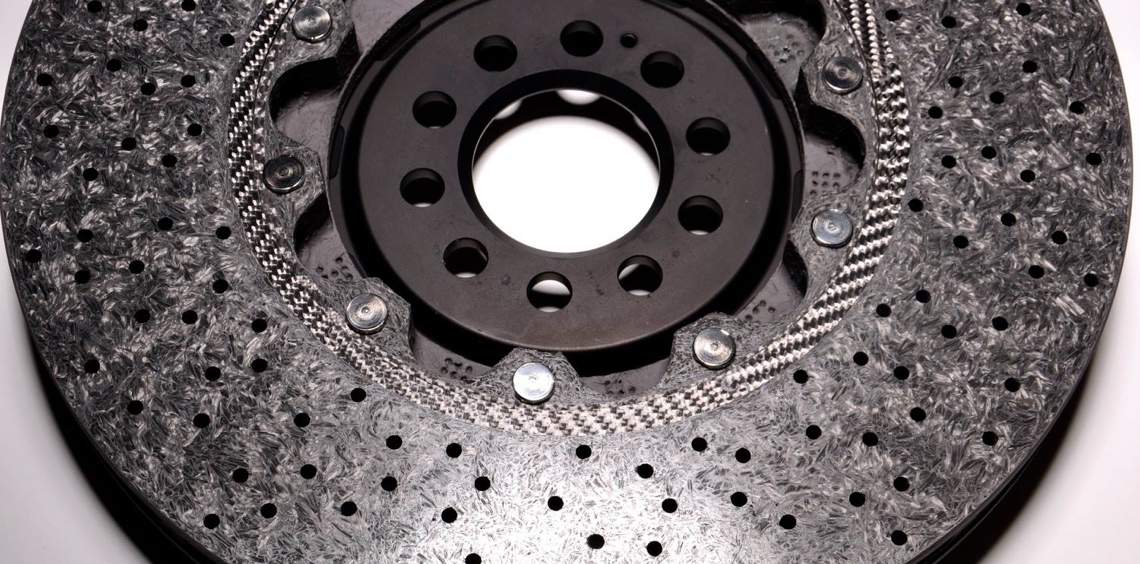
Pros of Metallic Brake Pads Cons of Metallic Brake Pads Ceramic Brake Pads You can probably guess that ceramic material is used to make ceramic brake pads. Ceramic is the same material used to make plates, dishes, pots, and other forms of pottery. The only difference is that ceramic brake pads are much more durable in comparison to ceramic pottery.
Ceramic vs. Metallic Brake Pads, What's the Difference?
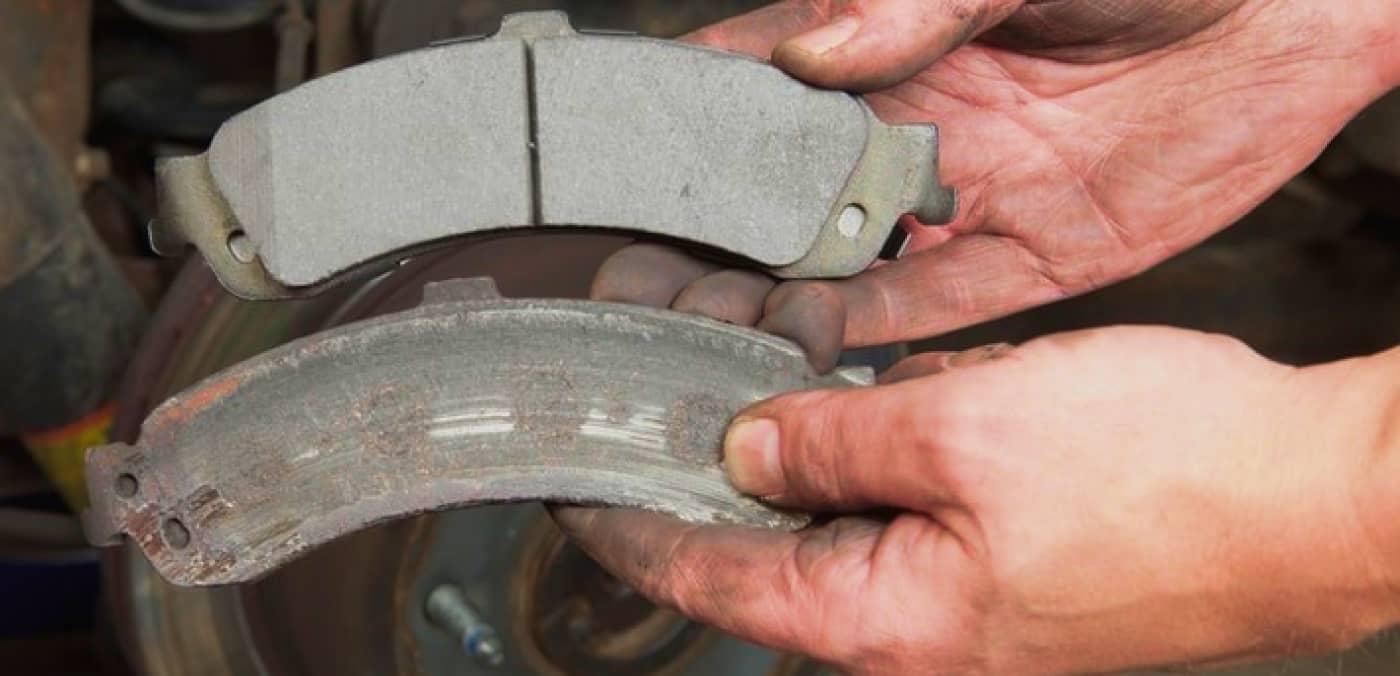
Ceramic brake pads are made from ceramic materials. When it comes to friction and heat conductivity, this type of brake pad is best. Ceramic brakes have copper fibers and a dense ceramic compound that aid in the increase of heat conductivity and friction.